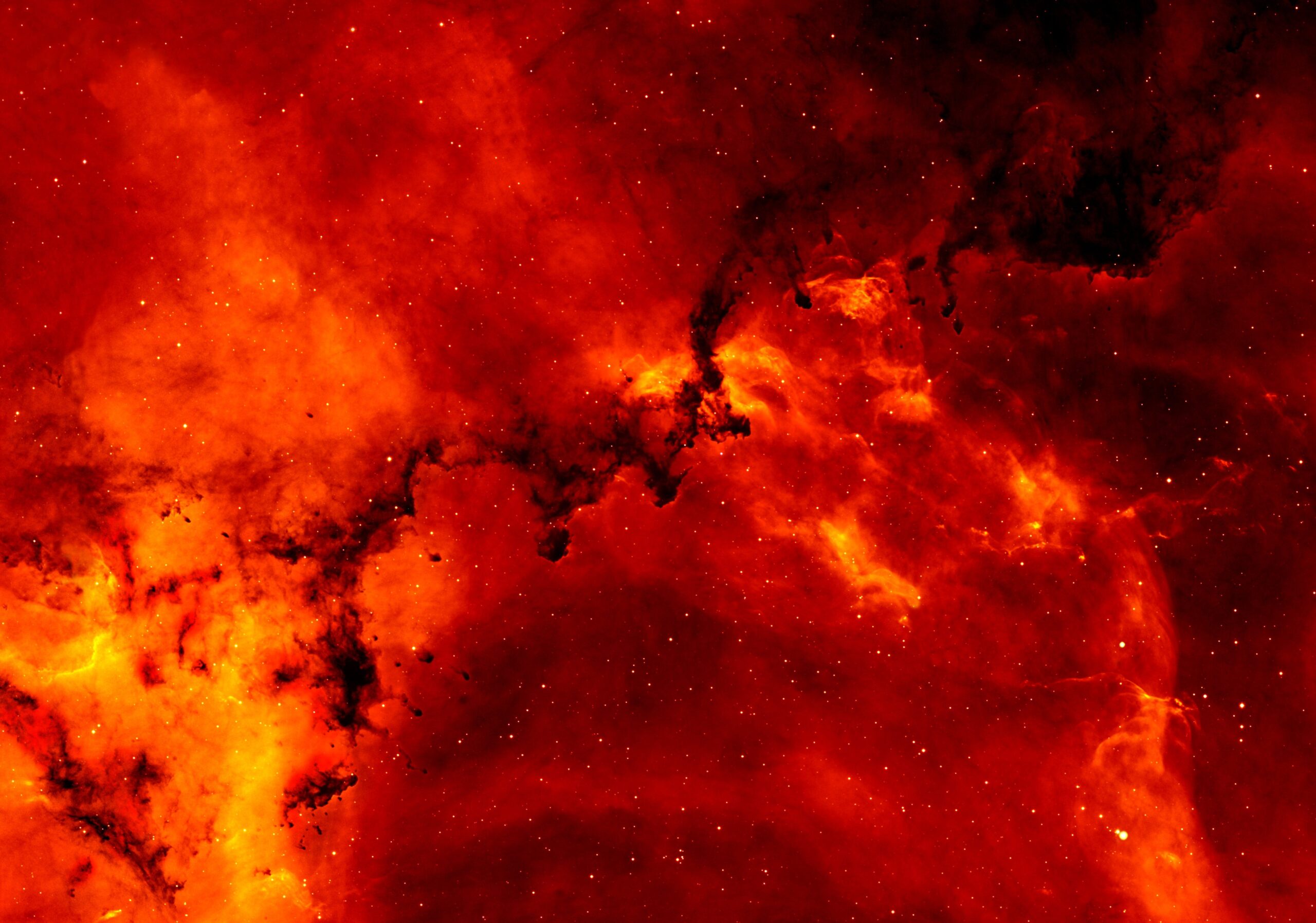
Abstract:
The significant increase in the number of wildfires in the western United States is becoming a larger threat to human health and infrastructure. It is estimated that in 2018, wildfires cost the US $27.7 billion in capital losses and $32.2 billion in health costs. Prediction of wildfire spread rates and patterns are important for fire prevention and management, as well as wildfire and smoke forecasting. There are multiple drivers of wildfire progression. These include environmental winds, atmospheric conditions, fuel amount, fuel type, fuel moisture, terrain, and fire-induced winds. The complex interaction between varied factors during wildfire events make it difficult to determine the relative importance of the wildfire progression drivers. Gaining a better understanding of these interactions allows us to perform controlled burns and forecast high smoke events more effectively. QES-Fire is a three-dimensional fire simulator that uses a mass-conserving wind solver which parameterizes the effects of momentum and energy transport, a simplified rate of spread model, and a novel plume merging model. QES-Fire uses a plume rise model to dynamically couple the atmosphere and the fire front allowing the solver to account for fire-generated winds. In this study, QES-Fire was used to quantify the burn behavior of 27 idealized burns in the presence of terrain. We analyze the total burned area and fire front progression under two idealized terrain types, e.g. a uniform inclined plane and a normalized gaussian hill. Analysis of the total burned area over normalized gaussian hills suggests that fire induced winds create a complex interaction with the terrain, where the slope, environmental winds, and fire-generated winds assume different ranks of importance in both fire spread rates and fire front shape. These interactions depend on hill height, wind speed, and relative strength of the fire front.
(Co-authors: D Lyford, M Moody, H Holmes, SK Krueger.)
Read the study:
AGU Fall Meeting Abstracts 2022, A25F-1779. 2022
https://agu.confex.com/agu/fm22/meetingapp.cgi/Paper/1183777